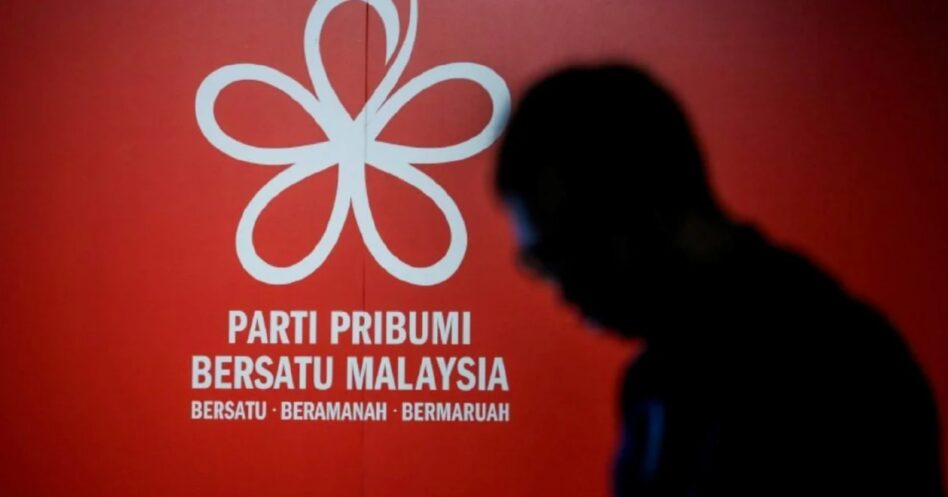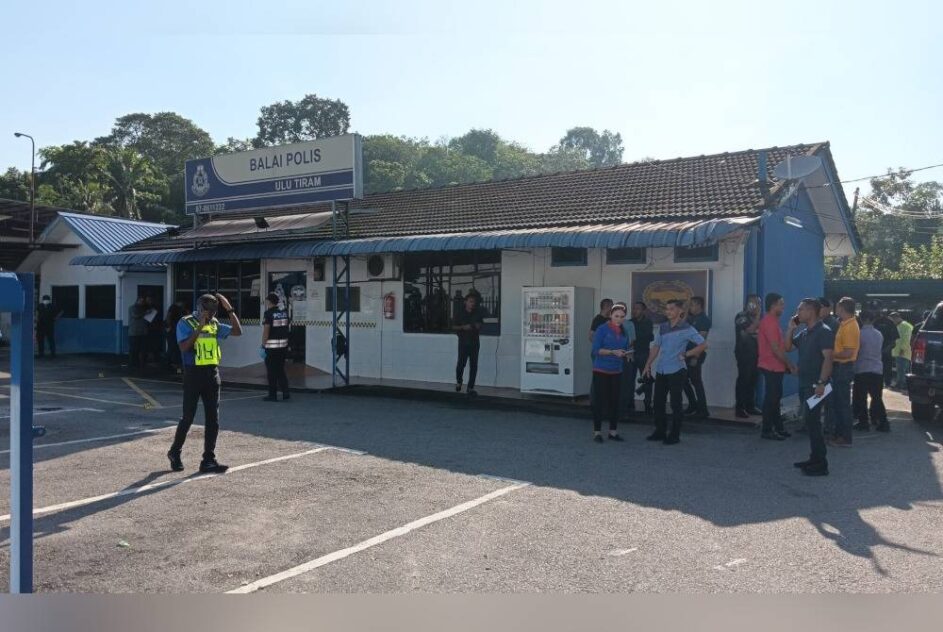BOTH the federal and respective state governments should work together to come up with a masterplan to tackle the flood problem plaguing the affected areas.
Earlier in July, Permatang Pauh MP Nurul Izzah raised the issue of our flood preparedness in Parliament.
Echoing the sentiment, the Exco for Socio-Economic Empowerment, Development and Caring Government V Ganabatira was also recorded berating some employees from the Department of Irrigation and Drainage (DID) in Taman Sri Muda not that long ago, as he is also the state assembly person for the wider area of Kota Kemuning.
In addition to that, the Climate Central has mapped out the areas which are vulnerable to coastal flooding due to sea level rise for Malaysia, including Selangor, so the areas pointed out can be used a guide for the masterplan.
Climate change means a double whammy in terms of floods. On one hand, the sea level rises which heightens the risk of coastal flooding. And on the other hand, there’s the extreme torrential rain caused by global warming which allows for more water vapor to be trapped in the atmosphere as clouds.
In Selangor, we have seen how the same Sri Muda area was hit the worst, due to its proximity to the Klang River. Majority of the tragic cases of lives lost were from Sri Muda.
In EMIR Research article, “‘Newer’ method of absorption for urban flood management” (Feb 10, 2020), we had called for “absorption” and not just “dispersion” (or diversion) as a more sustainable method for flood management.
Instead of directly channelling and diverting flood water to rivers beyond their capacity as well as the sea against the backdrop of sea level rise, “absorption” would collect and store flood water in a more sustainable manner.
“Absorption” also allow floodwater to be stored underground – in the form of gigantic underground tanks, tunnels and other storage facilities such as cylindrical chambers used in the Tokyo Metropolitan Area Outer Underground Discharge Channel (MAOUDC).
This arrangement will also, at the same time, boost our water security and be used to mitigate or even prevent water cuts due to river pollution issues.
As mentioned in “The looming water crisis in the Northern Region” (Jason Loh, Malaysiakini, April 19, 2016), underground storage methods “… protects [water] from vaporisation and provide insulation from heat and therefore allowing for longer or ‘perpetual’ life span”.
The article also called for “… the construction of waterways and canals”.
Combining the two together, there should be a masterplan – that “links” all the main flooded areas together in a series of parallel and inter-connected canals or waterways supported by underground “drains”/“floodplains” for floodwater storage.
Firstly, following the example of the Tokyo MAOUDC, canals and waterways (as artificial above ground rivers) should be constructed and cut across the affected areas such as Taman Sri Muda.
The canals and waterways will be hemmed in by concrete of high levees and embankments and bunds or otherwise “flood walls” that’s accessible by ladders and stairs. The canals and waterways also perform aesthetic and recreational functions – where kayaks and boats can ply along.
Mini bridges will cut across the canals, ie. perpendicularly.
Secondly, the canals and waterways are then connected to stormwater tunnels (like our Smart Tunnel) which instead of diversion/dispersion, could perform the role of “absorption” by way of collecting and storing the floodwater (as artificial underground rivers).
The stored floodwater is not meant to be released into the Klang River (mid-stream and downstream) or Damansara River, etc. except under the extreme conditions of drought or long dry spells or otherwise low water levels due to illegal irrigation.
Thirdly, there should be the construction of higher levees and embankments along the critical spots of the Klang River such as Taman Sri Muda to complement and supplement the role and function of sluice gates and the pump stations.
These higher levees and embankments ought to be in the form of artificial elevated plains, hills or mounds with “layers” of grass, plants and trees. “Delineating” their base is a system of drainage interspersed by twin culverts.
The drainage could be connected to the Klang River (for the purpose of discharge – when the need arises) and the underground tunnel system (for the purpose of detention and storage).
These would pre-empt the situation where embankments had to be broken to free the flow of stagnant floodwater into the Klang River.
Fourthly, entire stretch of the roads close to the Klang River could be converted into an artificial alluvial basin.
Bitumen cum asphalt plus tar should be replaced with permeable and porous concrete. Design includes “single-sized aggregate” comprising loose gravel or stone chipping.
Plastic grids can also be planted with grass just like the permeable pavements pioneered in Bandar Sunway via the use of NeuPave manufactured by Sunway Paving Solutions, a wholly-owned subsidiary of Sunway Berhad.
Fifthly, the federal and state governments should collaborate to provide flood defence advice/guidance and measures for households.
Typical devices include sandbags and vinyl-coated polyester bags.
In addition, we need to come up with a more effective flood defence mechanisms and barriers such modular blocks which can be crates with foam padding on the bottom to create a seal that prevents water seepage underneath.
And a government-linked company (GLC) – both at the federal and state level – should be set-up whose objective of incorporation is the import, distribution, sale and even manufacturing of flood defence products for households.
In the long-term, this GLC can be purely privatised or enter into joint-ventures (JVs) with a non-GLC private firm.
At the same time, the National Disaster Management Agency (NADMA)’s National Risk Register (NRR) and coastal flood management in synergy with the Meteorological Department, Malaysian Remote Sensing Agency, Department of Survey and Mapping Malaysia, DID alongside the relevant state government agencies should via the tidal gauge stations, telemetric rainfall stations, weather radars, and satellite altimeters (Salts) monitor and scan for the impact of the following:
- climate change
- shifting and eroding coastlines (due to sea levels, tidal activities)
- extended effect and unexpected direction of cyclones such as Tropical Depression 36W, Cyclone Greg, Typhoon Vamei, etc. that have either struck our coast before or came perilously close to doing so.
Not least, the Internet of Things (IoT) such as ultrasonic temperature and humidity sensors and drones alongside artificial intelligence (AI) will play a critical role in the monitoring and surveillance as well as early warning system (EWS) in relation to the phenomenon such as the Tropical Depression 29 together with rainfall intensity and water level detection. – Dec 30, 2021
Dr Rais Hussin & Jason Loh Seong Wei are part of the research team of EMIR Research, an independent think tank focused on strategic policy recommendations based on rigorous research.
The views expressed are solely of the author and do not necessarily reflect those of Focus Malaysia.










